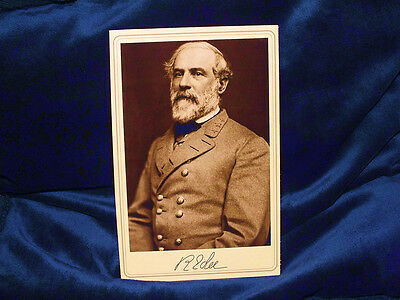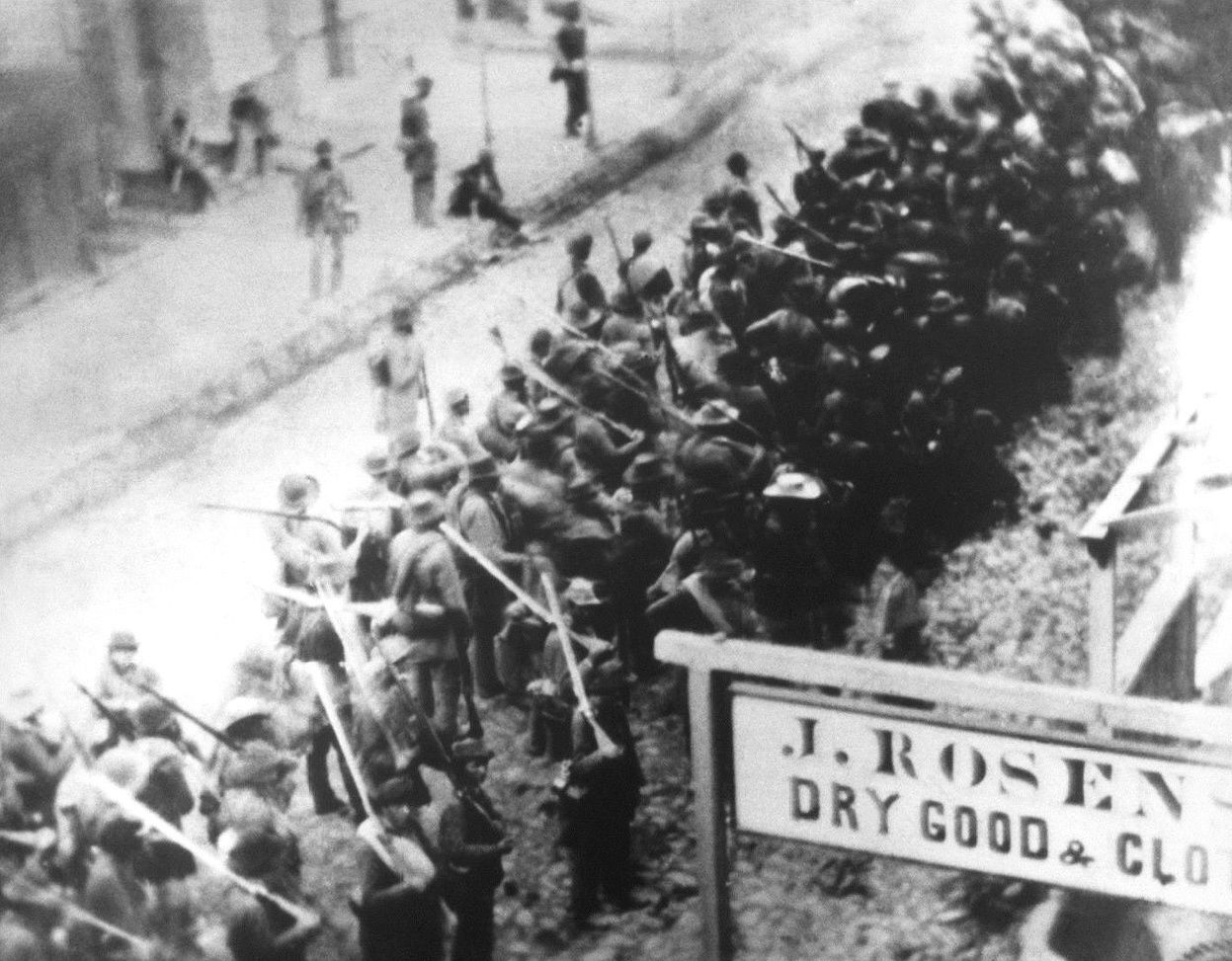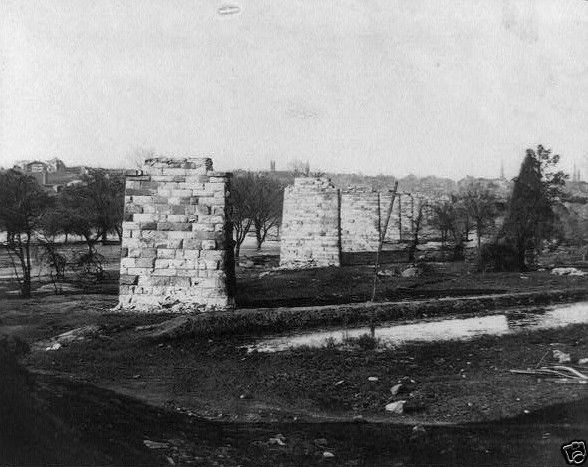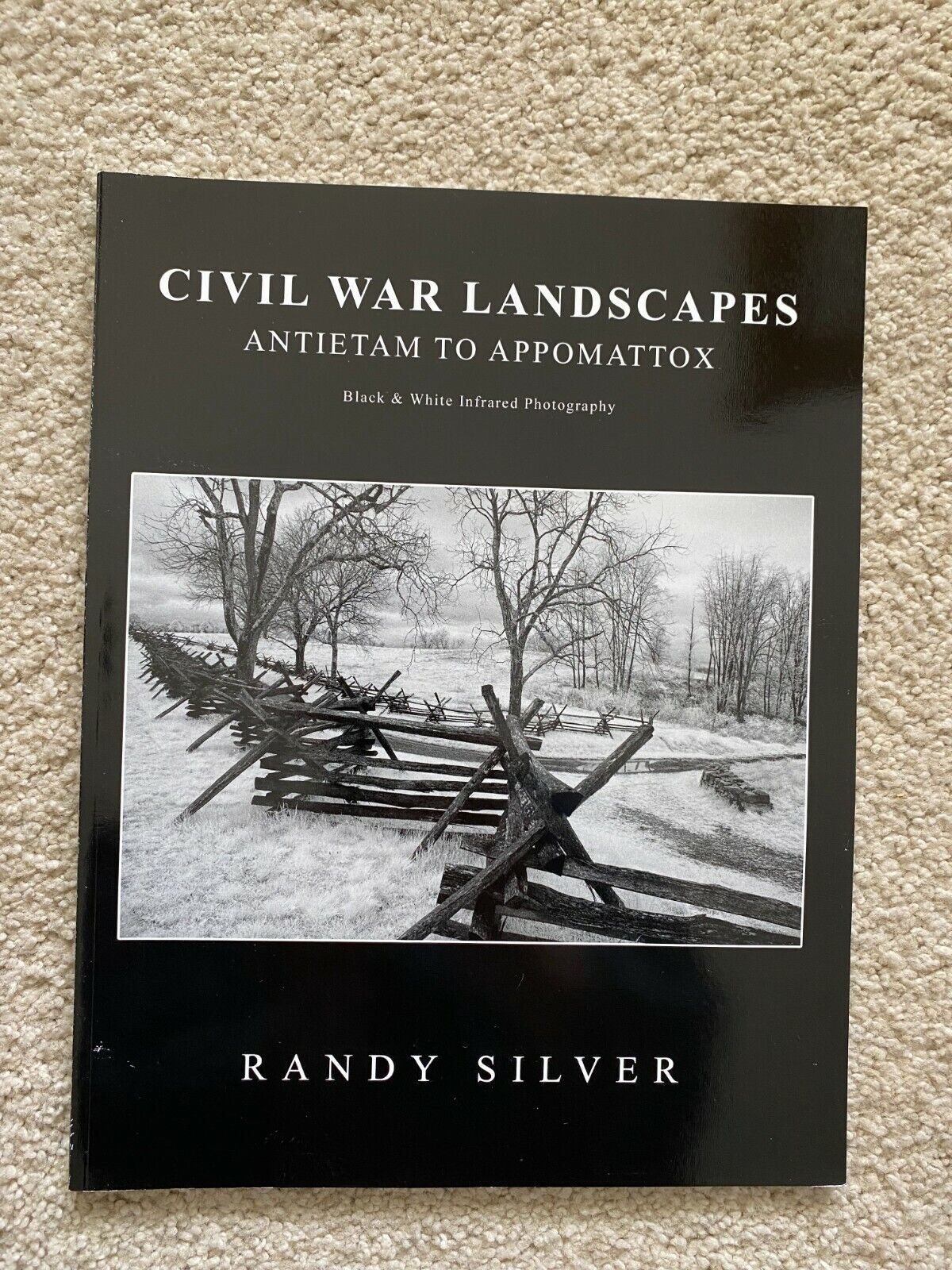-40%
ROBERT E. LEE Confederate Cabinet Card Photo Civil War Vintage History
$ 4.74
- Description
- Size Guide
Description
Handmade historical reproduction Cabinet Card of Robert E. Lee. The photograph is a Fujifilm Archival Quality Matte Print from the original photograph.Each card has a short bio on the reverse which makes it useful as a history teaching tool in addition to interesting, enjoyable art for display.
Card measures approximately 4.75" x 7.”25
First Class Shipping in US. See Ebay Global Shipping Program for International.
Robert Edward Lee
(January 19, 1807 – October 12, 1870) was an American soldier best known for commanding the Confederate Army of Northern Virginia in the American Civil War from 1862 until his surrender in 1865. The son of Revolutionary War officer Henry "Light Horse Harry" Lee III, Lee was a top graduate of the United States Military Academy and an exceptional officer and combat engineer in the United States Army for 32 years. During this time, he served throughout the United States, distinguished himself during the Mexican–American War, served as Superintendent of the United States Military Academy, and married Mary Custis, grand-daughter of George and Martha Washington.
When Virginia declared its secession from the Union in April 1861, Lee chose to follow his home state, despite his personal desire for the country to remain intact and despite an offer of a senior Union command.
The cabinet card was a style of photograph which was widely used for photographic portraiture from the 1860’s through the early part of the 20th Century.
It consisted of a thin albumen photographic paper print mounted on a card typically measuring 4¼ by 6½ inches (108 by 165 mm). They are often confused with Carte de Visité (CDV), a similar but smaller format introduced around 1854 in France. CDV’s were very popular during the American Civil War. They tended to be much smaller in a standard 2-1/2" x 4" format.
“Cabinet Card” portraits were often presented and exchanged by individuals of position, and social standing. They came to often replace the “calling card” as a currency of social exchange and introduction. They were often kept and displayed in glass “cabinets” to demonstrate acquaintance or connection in some way with the notables pictured in the portraits.










